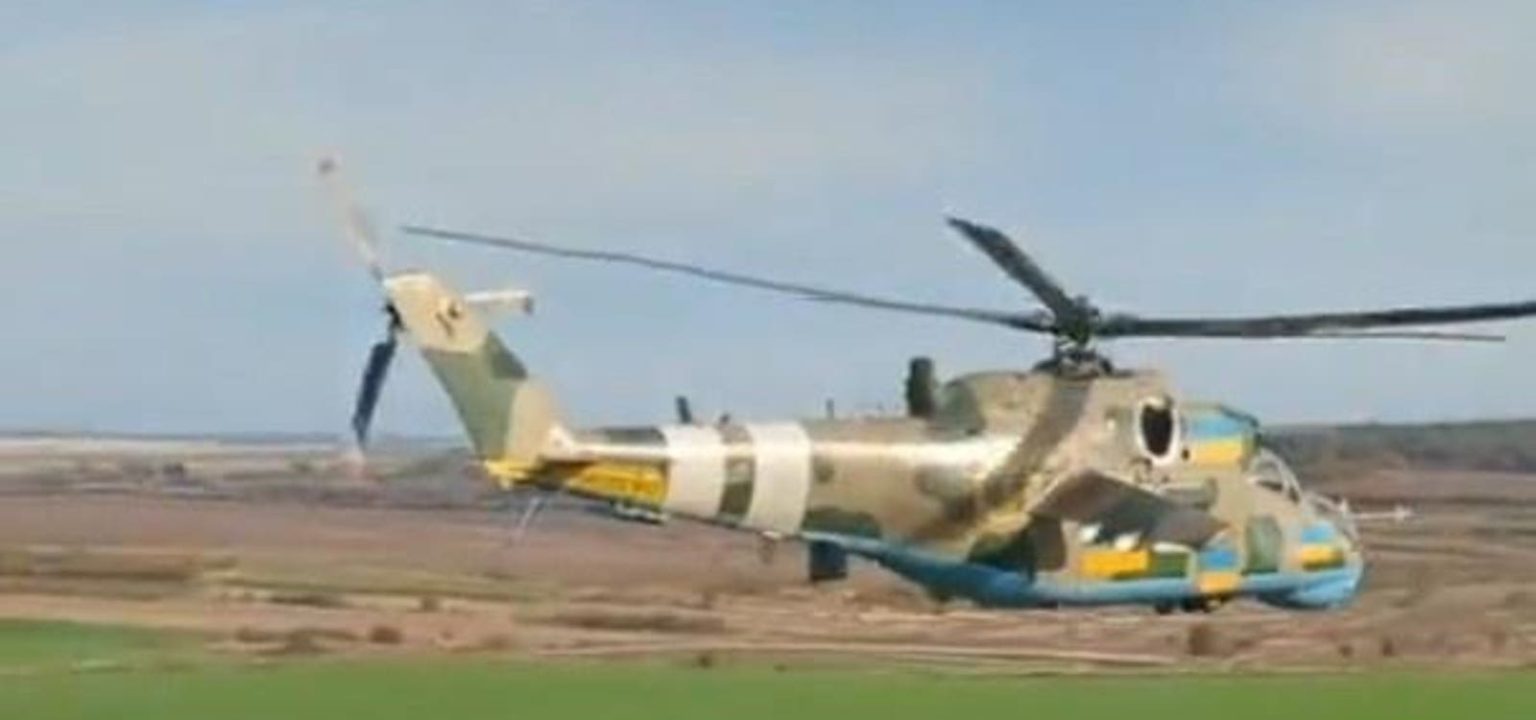The Ukrainian army had around 35 Mil Mi-24 Hind gunships when Russia widened its war on Ukraine in February 2022.
Nearly two years later, the army has lost at least four Hinds in action and received, as donations from its foreign allies, no fewer than 28 additional Hinds.
It might seem like the Ukrainians have plenty of gunships. But the pre-war balance—minus losses plus donations—doesn’t tell the whole story. Demand for air-support has skyrocketed as the war has ground on. For Ukraine, even 60 Hinds isn’t enough Hinds.
Which explains why, sometime in the last 22 months, Ukrainian technicians dragged out of storage and rebuilt one of the rarest, weirdest Hind variants ever to exist: the Hind-G1 radiological reconnaissance helicopter.
A video of a Hind-G1 in Ukrainian colors appeared online last week. It’s one of just a handful of public images of a Hind-G1 since the type made its operational debut as part of the Soviet response to the nuclear disaster in Chernobyl, in northern Ukraine, in 1986.
The twin-engine Hind-G1 is a 1976-vintage Hind-E attack helicopter with add-on equipment for detecting radiation in the air and soil. It’s a recon rotorcraft for nuclear war.
In place of its anti-tank missile systems, the four-person Hind-G1—two crew in the dual cockpits, two in the cabin—has air scoops, claws for scooping up soil and equipment for analyzing the samples. It retains its nose-mounted machine gun and underwing rocket pods.
We knew the Ukrainian army inherited some Hind-G1s when the Soviet army left Ukraine in 1991. But as recently as last year, the G1s reportedly were in storage alongside other old, unflyable helicopters at the 57th Aviation Base in western Ukraine.
It seems unlikely the Ukrainians have reactivated the Hind-G1 for its original radiological role. It seems more likely they wanted the Hind for its latent attack capabilities. Does that mean technicians restored the helicopter’s ability to fire guided missiles?
It’s unclear from the thin evidence of the Hind-G1’s return to flight, decades after it first—and briefly—performed its design role as a post-nuke recon platform.
Read the full article here





